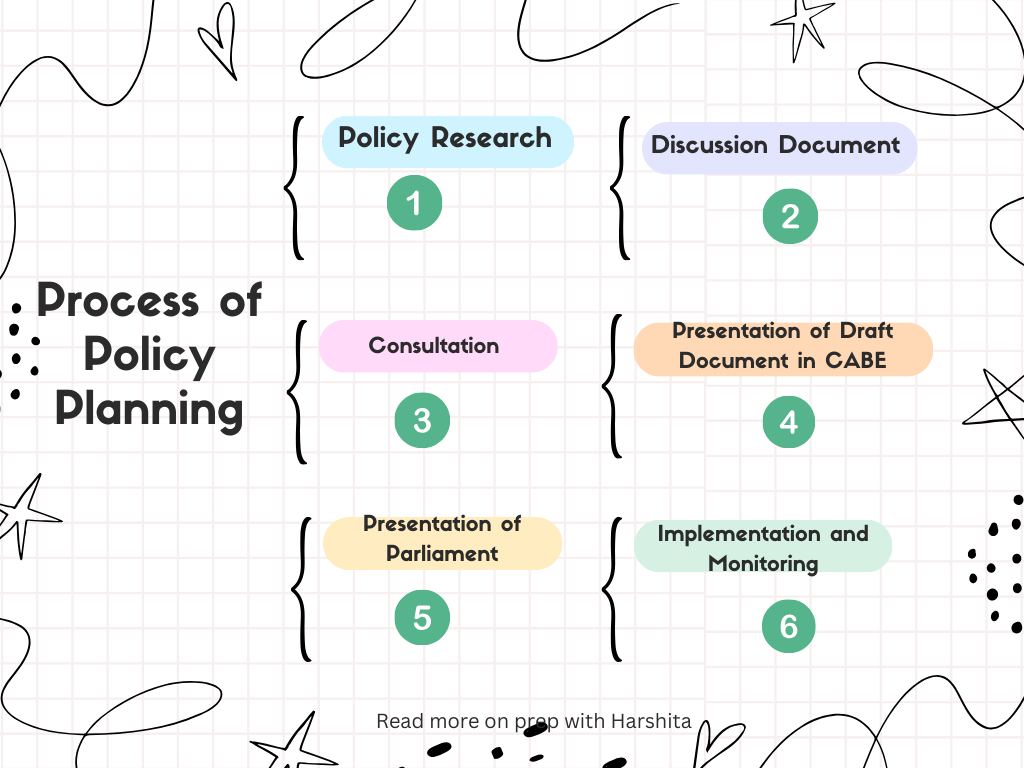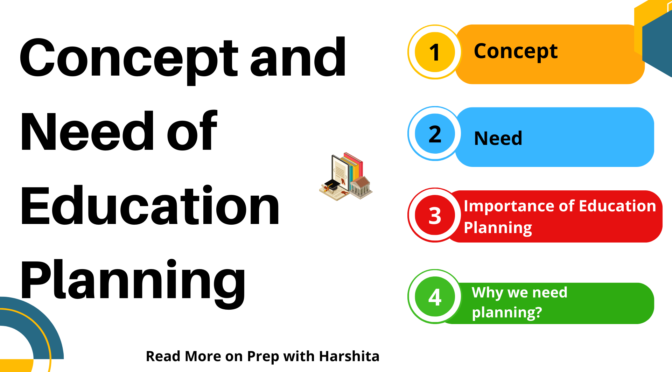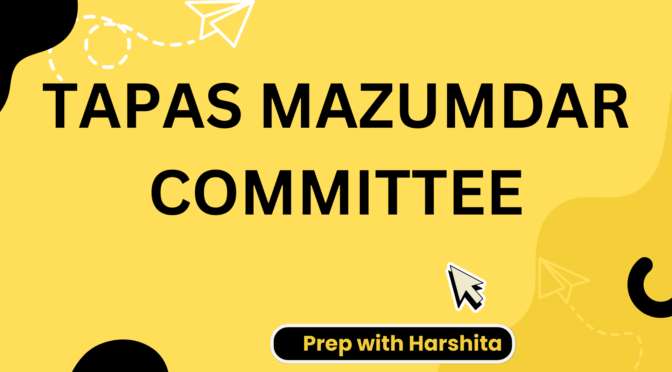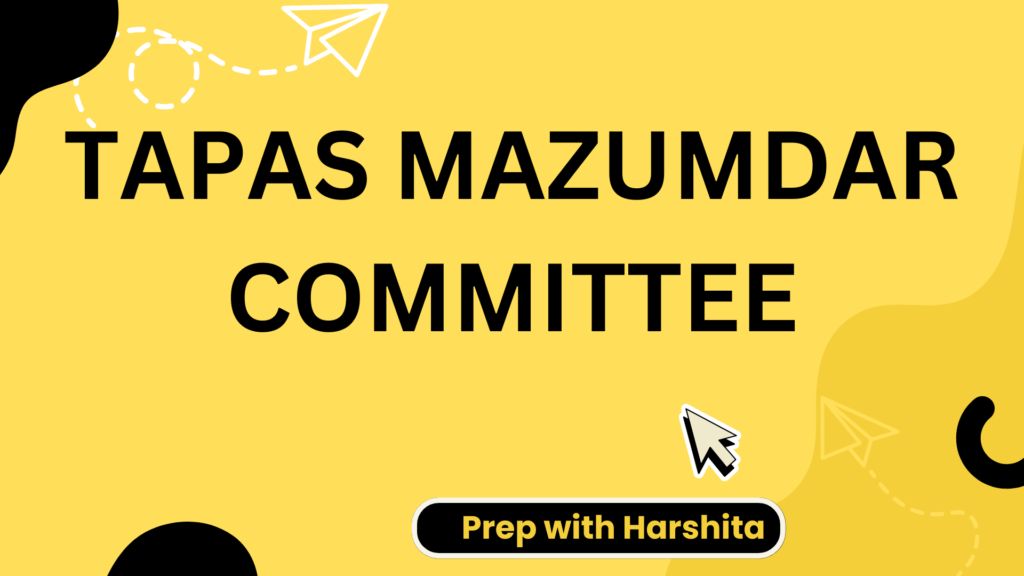Formulating a comprehensive Plan of Action involves addressing both short-term and long-term objectives in policy development.
Here’s a guide on how to structure such a plan:
Short-term Plan of Action :
Assessment and Analysis:
- Identify Immediate Needs: Conduct a rapid assessment to identify current issues or challenges that require urgent attention.
- Stakeholder Analysis: Identify key stakeholders and their interests in the short term.
Policy Prioritization:
- Identify Quick Wins: Determine policy measures that can deliver immediate, visible results.
- Focus on High-Impact Areas: Prioritize policies that address critical issues with the potential for quick positive outcomes.
Resource Allocation:
- Allocate Short-Term Resources: Allocate resources to initiatives with immediate impact.
- Identify Funding Sources: Secure short-term funding to support urgent policy actions.
Communication and Outreach:
- Develop a Communication Strategy: Clearly communicate short-term policy goals and actions to the public and stakeholders.
- Engage Stakeholders: Foster collaboration and partnerships to implement short-term policies effectively.
Long-term Plan of Action
Vision and Goals:
- Define Long-Term Vision: Clearly define the desired future state and goals for the policy area.
- Establish Metrics: Develop measurable indicators to track progress towards long-term goals.
Policy Development and Research:
- Conduct Comprehensive Research: Gather data and conduct in-depth analysis to inform evidence-based long-term policy development.
- Engage Experts: Consult with subject matter experts and stakeholders to enhance the depth and quality of policy proposals.
Capacity Building:
- Develop Institutional Capacity: Strengthen organizational and institutional capacities to effectively implement and manage long-term policies.
- Invest in Human Resources: Train and build the expertise of personnel to handle the complexities of long-term policy implementation.
Public Engagement:
- Public Consultations: Facilitate public input and participation in the policy development process.
- Public Awareness Campaigns: Implement campaigns to inform the public about the long-term vision and benefits of the proposed policies.
Monitoring and Evaluation:
- Establish Monitoring Systems: Develop systems for tracking and monitoring the implementation of long-term policies.
- Evaluation Framework: Implement periodic evaluations to assess the impact and effectiveness of long-term policies.
International Collaboration:
- Engage in Partnerships: Foster collaborations with international entities and neighboring countries to address global or regional challenges.
- Share Best Practices: Learn from and share best practices with other nations facing similar long-term policy issues.
Also Read: Forecasting Manpower Need
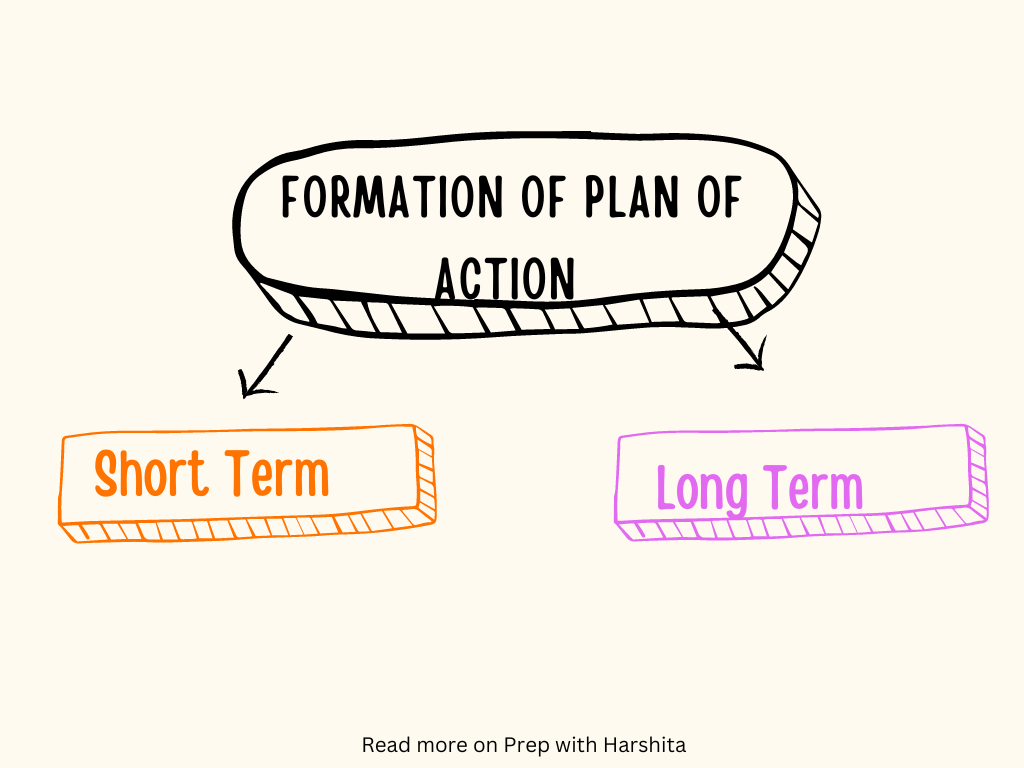
Also Visit: Prep with Harshita



